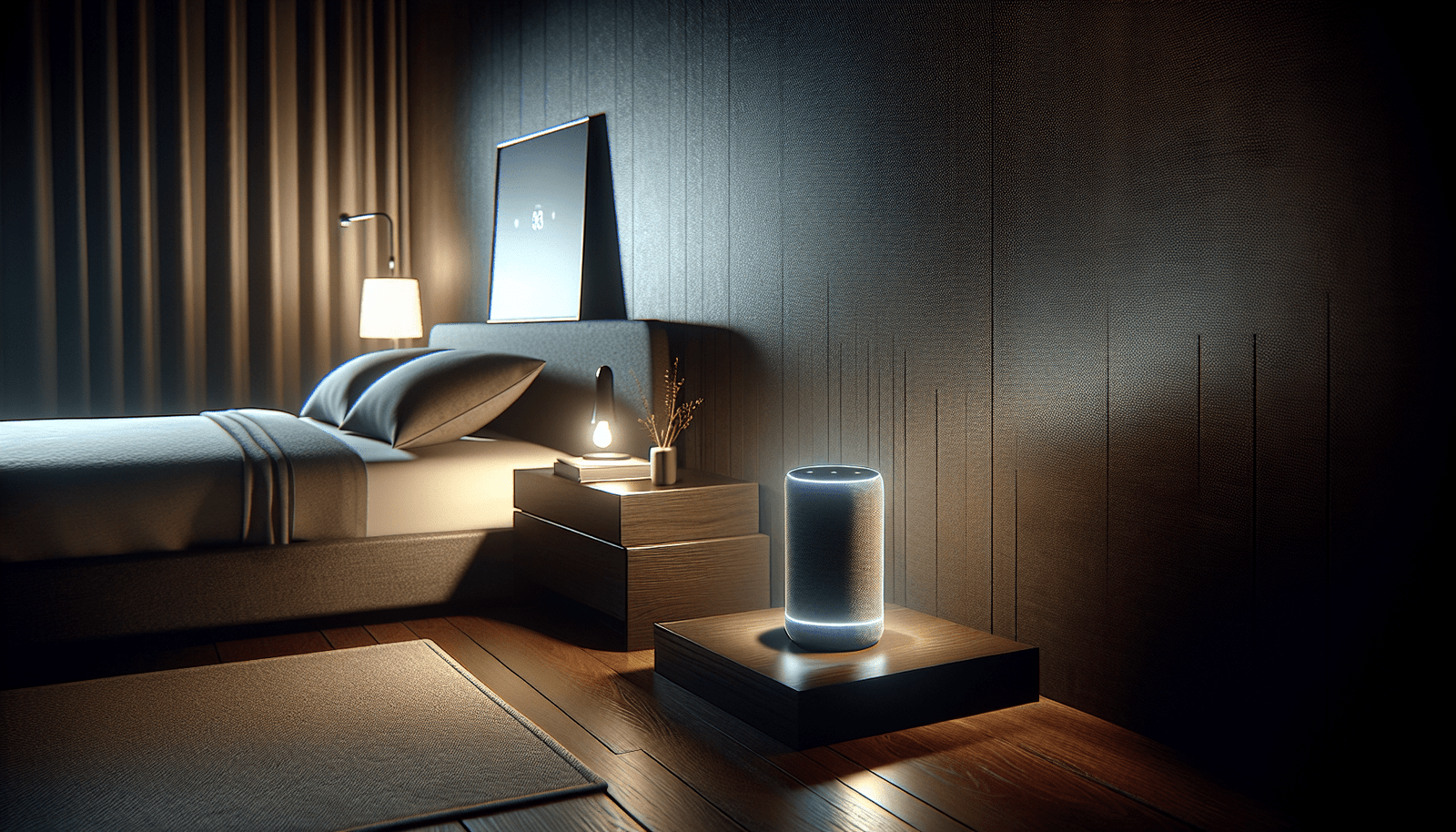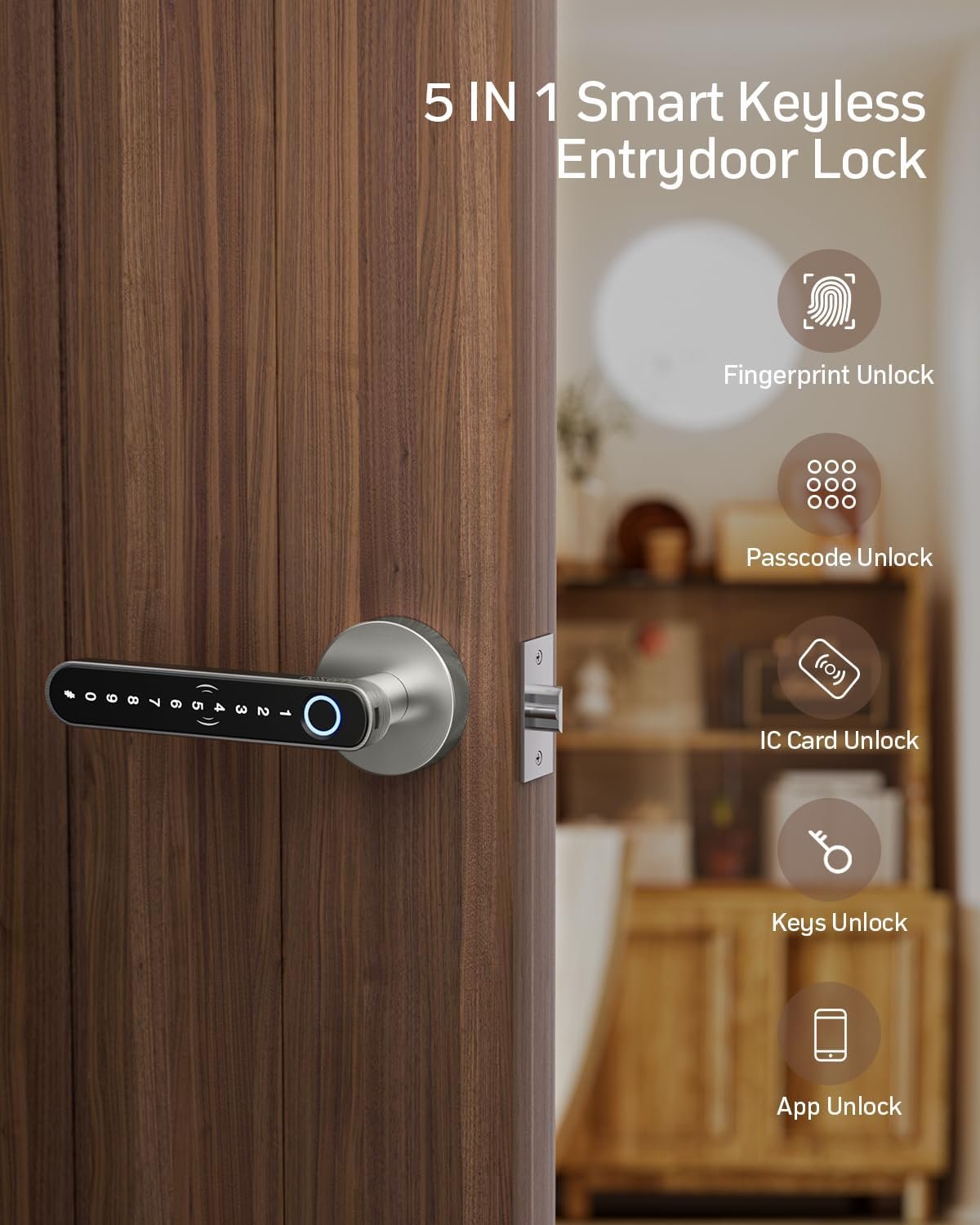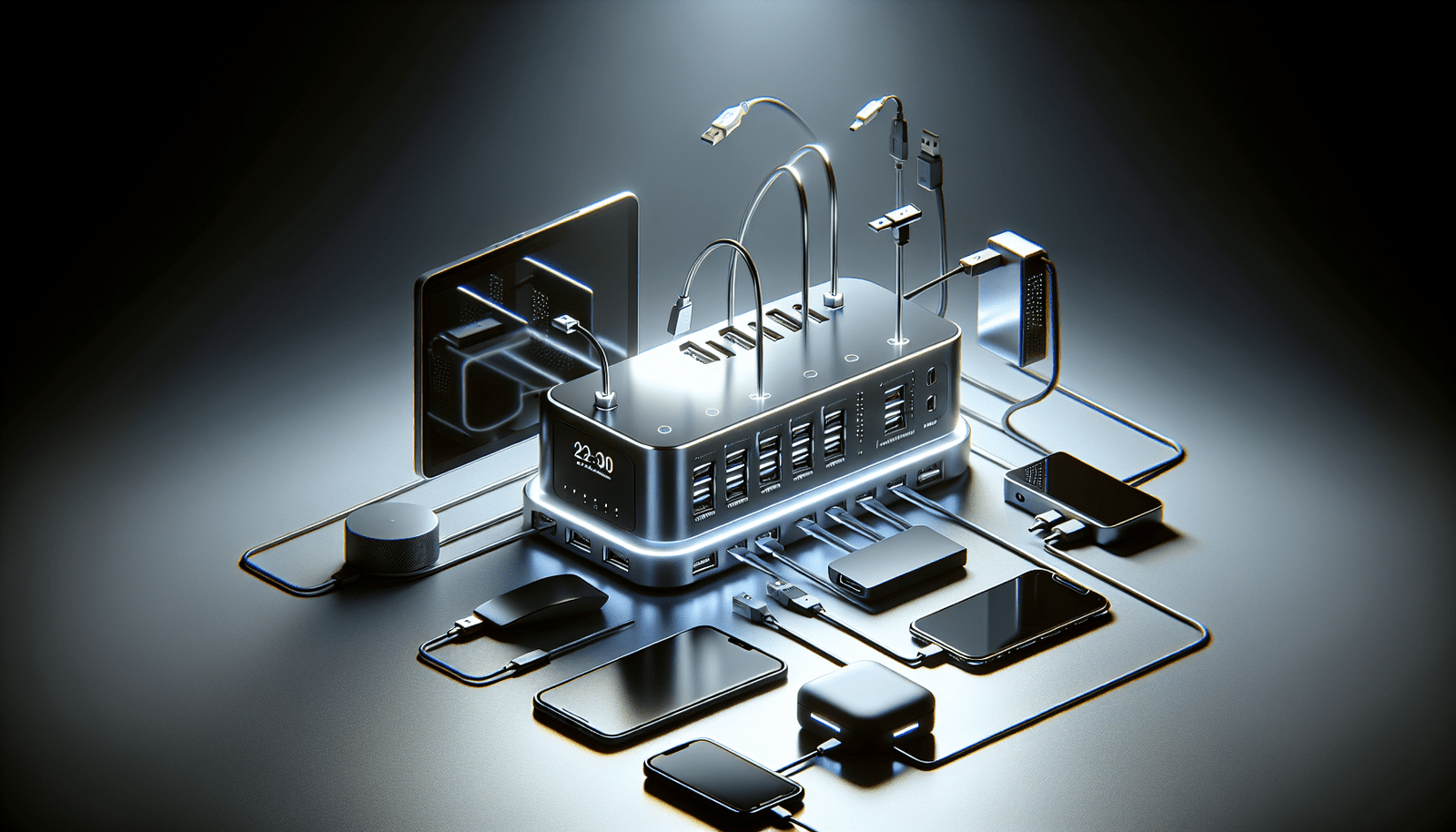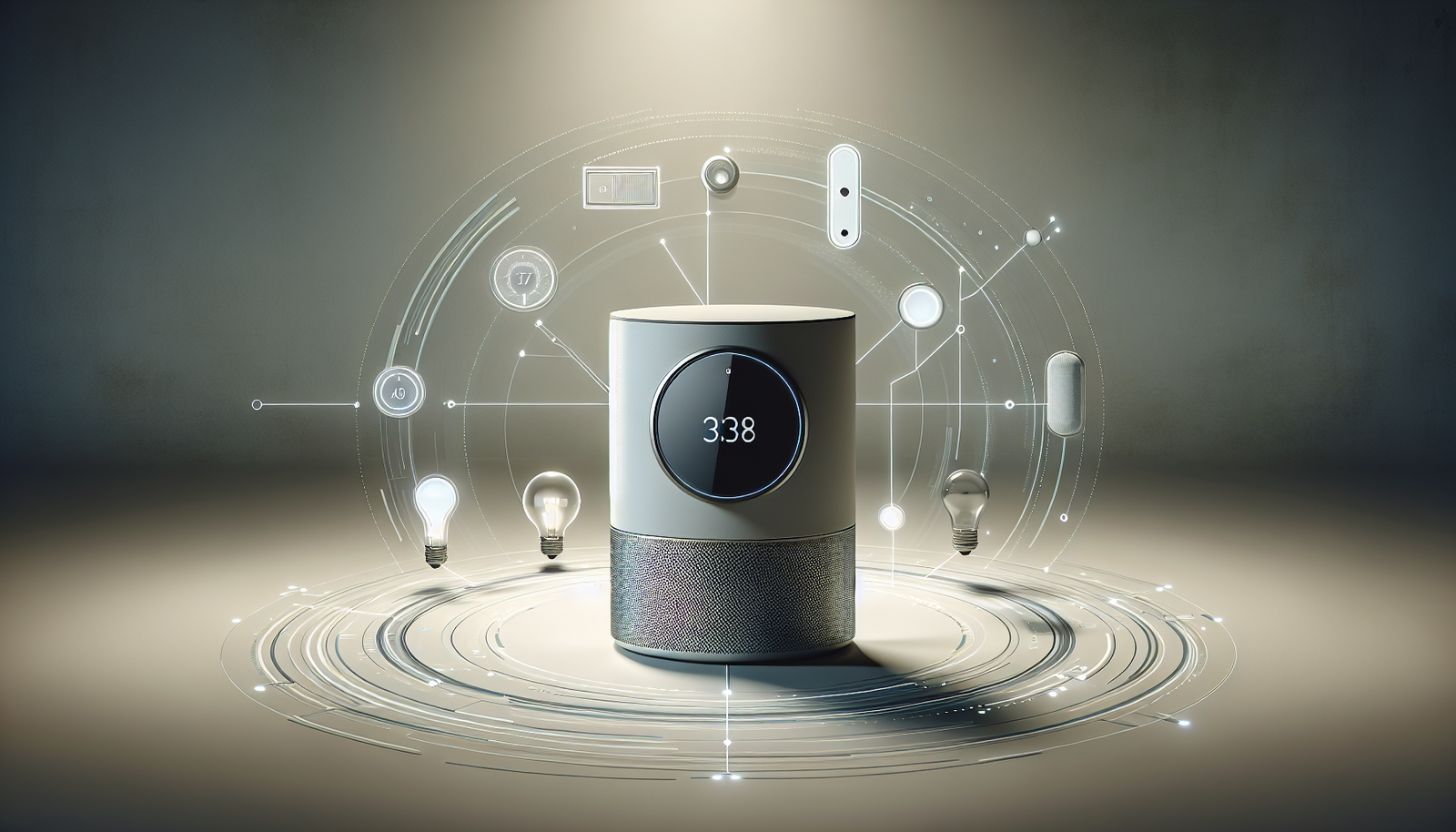Have you ever wondered how smart home devices can enhance your health and wellness? As technology continues to advance, our homes are becoming more intuitive, offering ways to not only simplify our daily routines but also to promote well-being. Unlike earlier times when smart home technology was seen mainly as a luxury, it has now become more accessible and relevant, especially when it comes to health and wellness.
Understanding Smart Home Devices for Health and Wellness
What Are Smart Home Devices?
Smart home devices are technologically advanced appliances and gadgets designed to automate and enhance various functions of your home. They connect to a network—often your home Wi-Fi—and can be controlled remotely via smartphones, tablets, or voice assistants like Amazon Alexa, Google Assistant, or Apple’s Siri.
The Rising Popularity of Health-Centric Smart Devices
In recent years, there has been a surge in smart devices designed specifically for health and wellness. These range from air purifiers and sleep trackers to smart scales and even intelligent kitchen appliances. This trend aligns with a growing awareness around personal well-being and the recognition that our living spaces significantly impact our health.
Importance of Smart Technology in Modern Living
The integration of smart technology into everyday life isn’t just about convenience. It’s also about creating a living environment that actively contributes to a healthier lifestyle. Imagine a home that adjusts its lighting to improve your sleep cycle or reminds you to hydrate properly throughout the day. Smart technology places these capabilities literally at your fingertips.
Cost and Value Considerations
Initial Investment vs. Long-Term Benefits
While the upfront costs of integrating smart technology into your home can be a deterrent, it’s essential to consider the long-term benefits. These devices can lead to significant savings on energy bills, offer improved personal health, and even increase the resale value of your home—all of which justify the initial expenditure.
Evaluating Return on Investment
Most smart home devices come with measurable returns. For instance, smart thermostats learn your routine to optimize heating and cooling schedules, potentially reducing energy bills significantly. Similarly, devices aimed at health and wellness can prevent costly medical issues by promoting better living habits.
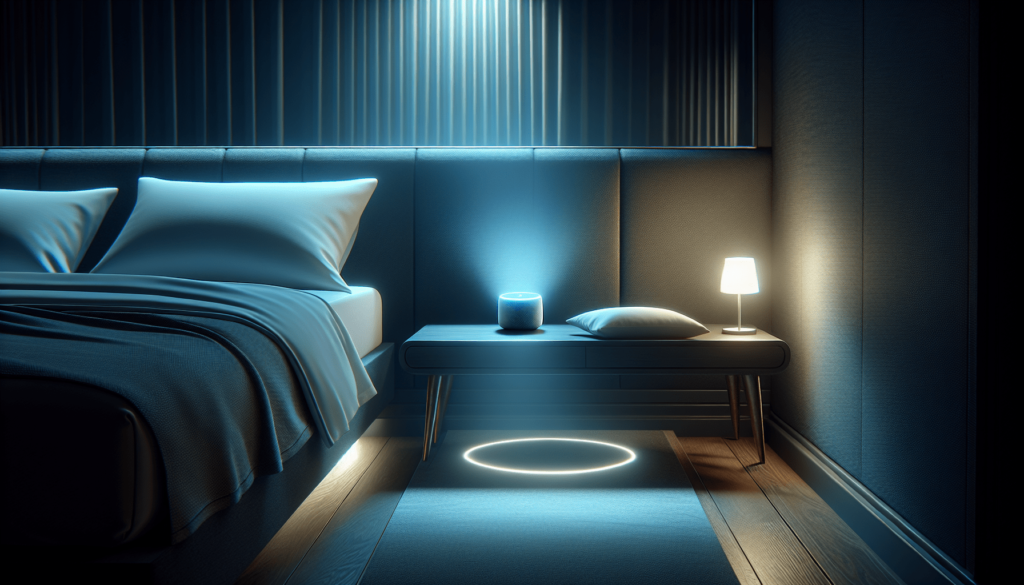
Comparing Smart Home Solutions
Health and Wellness Devices to Consider
Here, let’s explore some must-have smart devices that can contribute to a healthier home environment:
-
Smart Air Purifiers: These devices monitor air quality in your home and automatically adjust their settings to eliminate pollutants, allergens, and toxins, ensuring that you breathe cleaner air.
-
Smart Thermostats: Beyond just controlling temperature, these can maintain optimal humidity levels, improving air quality—a critical factor for those with respiratory issues.
-
Smart Lighting: Lighting that adjusts to your circadian rhythm can improve sleep quality and mood. Some systems can simulate natural sunlight, helping alleviate symptoms of Seasonal Affective Disorder (SAD).
-
Smart Scales and Fitness Trackers: Devices like smart scales not only measure weight but provide insights into body composition, while fitness trackers monitor activity levels, heart rate, and even sleep patterns.
-
Smart Kitchen Appliances: These can aid in meal prep by suggesting recipes based on your dietary needs, thus promoting healthier eating habits.
Real-World Use Cases
Imagine a family using a smart air purifier to ensure clean air for their asthmatic child, or a professional using a smart lighting system to maintain alertness during work-from-home sessions. These examples illustrate the practical applications of smart wellness technology.
Practical Setup Guides
Installing Smart Home Health Devices
Setting up these devices can be straightforward, but it helps to follow a few general steps:
-
Read the User Manual: Every smart device comes with a setup guide. Familiarize yourself with it to ensure no step is missed.
-
Positioning: Place your devices in strategic locations for maximum efficacy. For instance, air purifiers should be centrally located, while smart lighting should cover areas where you spend most of your day.
-
Connectivity: Ensure your house Wi-Fi is stable. It is the backbone of any smart home setup.
-
Integration with Apps: Most devices come with companion apps that allow you to manage and monitor them. Download these apps and create user profiles to tailor settings to your personal preferences.
Troubleshooting Common Issues
Some common issues with smart devices include connectivity problems or inaccurate readings. Ensuring your device software is up-to-date and checking your internet connection can solve many of these problems.
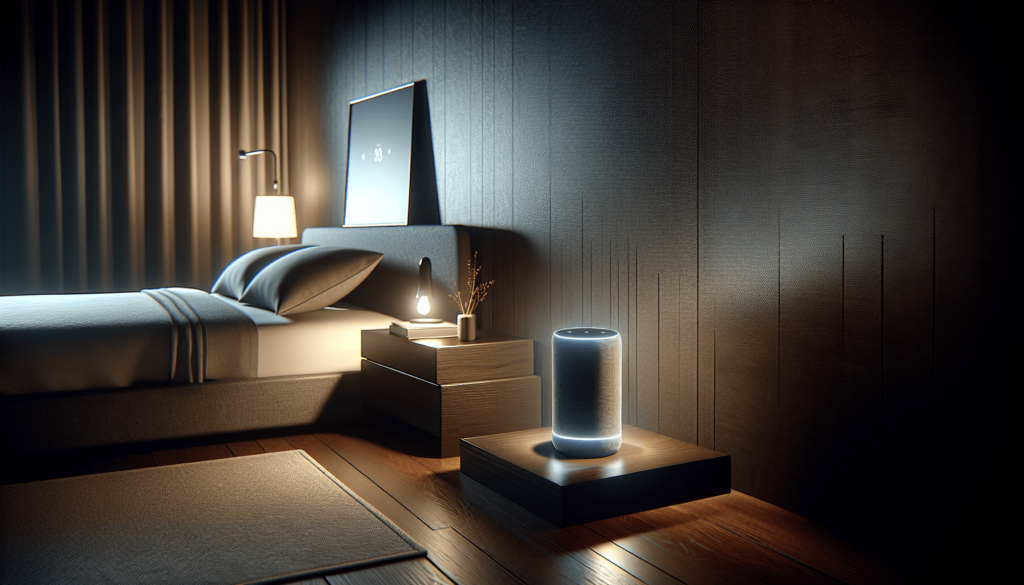
Security and Privacy Factors
Understanding Risks and Mitigation
With great technology comes the responsibility to protect your data. Smart devices often collect personal information and may pose privacy risks if not properly secured.
Best Practices for Safe Usage
- Secure Network: Use strong passwords for your Wi-Fi and device accounts.
- Regular Updates: Keep all devices updated with the latest firmware to protect against vulnerabilities.
- Multi-Factor Authentication: Enable wherever possible to add an extra layer of security.
Safety Features of Smart Devices
Many devices come with built-in security features, such as end-to-end encryption and two-factor authentication, to help keep your data safe.
Energy Efficiency and Sustainability
Reducing Energy Consumption
Smart home devices can significantly reduce energy consumption. For instance, a smart thermostat optimizes heating schedules based on your habits, saving energy and money.
Sustainability through Smart Living
Beyond just reducing energy bills, smart homes contribute to a more sustainable lifestyle. By monitoring water, electricity, and heating usage, smart devices help minimize wastage and promote eco-friendly habits.
Compatibility and Connectivity
Ensuring Device Interoperability
With numerous smart devices available in the market, ensuring they work well together is crucial. Choose devices that are compatible with each other and your existing smart ecosystem.
Voice Assistants and Hubs
Devices that integrate seamlessly with voice assistants and hubs offer more convenience. For example, you can control your smart lighting, thermostat, and security system from a single interface or using voice commands.
Future-Proofing and Innovation
Emerging Trends in Smart Home Technology
The smart home industry is continuously evolving. Upcoming trends include more personalized wellness insights, improved interoperability, and enhanced AI capabilities for predictive home management.
Preparing for Future Upgrades
To future-proof your home, invest in technology with regular updates and modularity. This way, you can upgrade components individually, rather than overhauling the entire system.
Making Smart Home Decisions
Is a Smart Home Right for You?
Consider your lifestyle, budget, and personal preferences when deciding whether to integrate smart technology into your home. Those who highly value convenience, energy efficiency, and health benefits often find smart homes to be a worthy investment.
Aligning Investments with Personal Needs
Prioritize investments that align with your health and wellness goals, and don’t rush the process. Smart home integration should be an organic enhancement, not a forced upgrade.
Conclusion
Setting up a smart home with devices geared towards health and wellness is more than just a technological upgrade; it’s an investment in your well-being. As you ponder this transformation, remember that smart homes offer not just immediate convenience but long-term advantages that can contribute to a healthier lifestyle. Whether you’re a homeowner, renter, or just someone interested in intelligent technology, leveraging the power of smart devices could be the key to a more connected, efficient, and enjoyable home environment.
